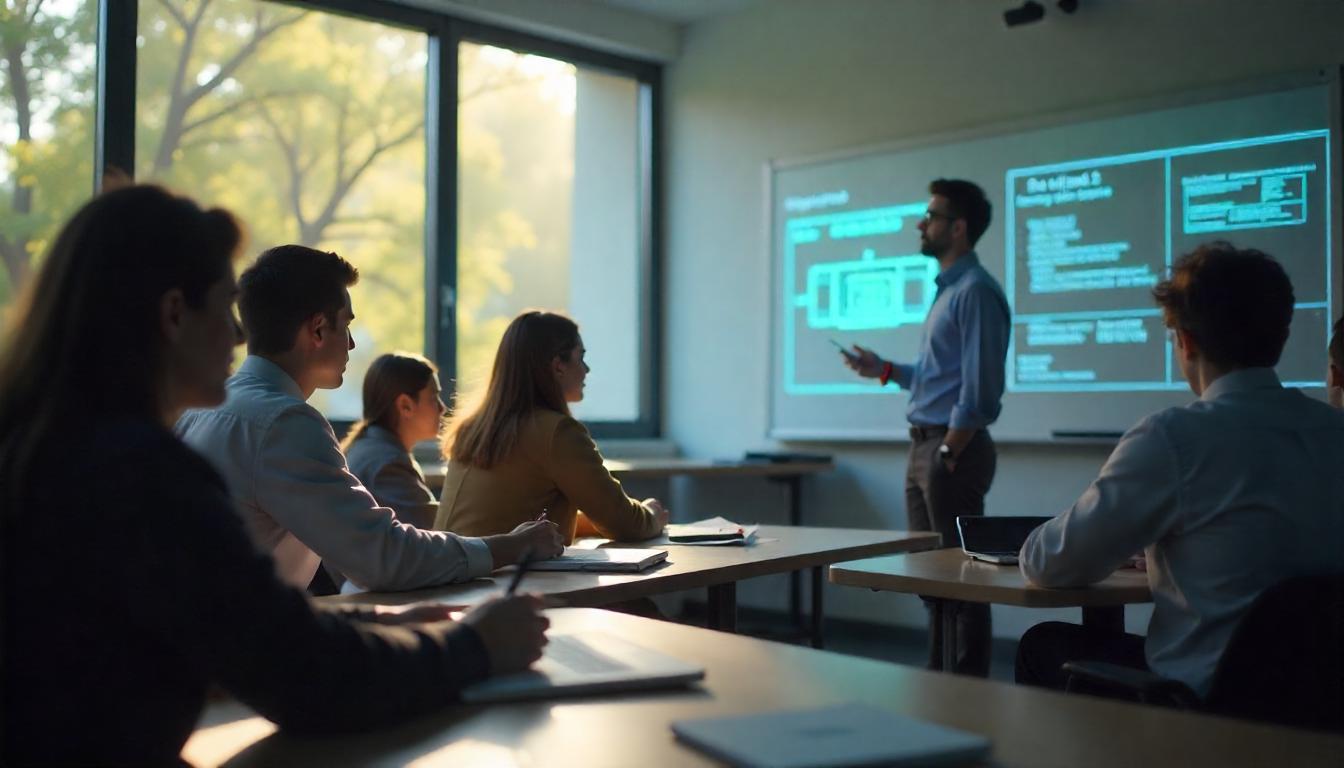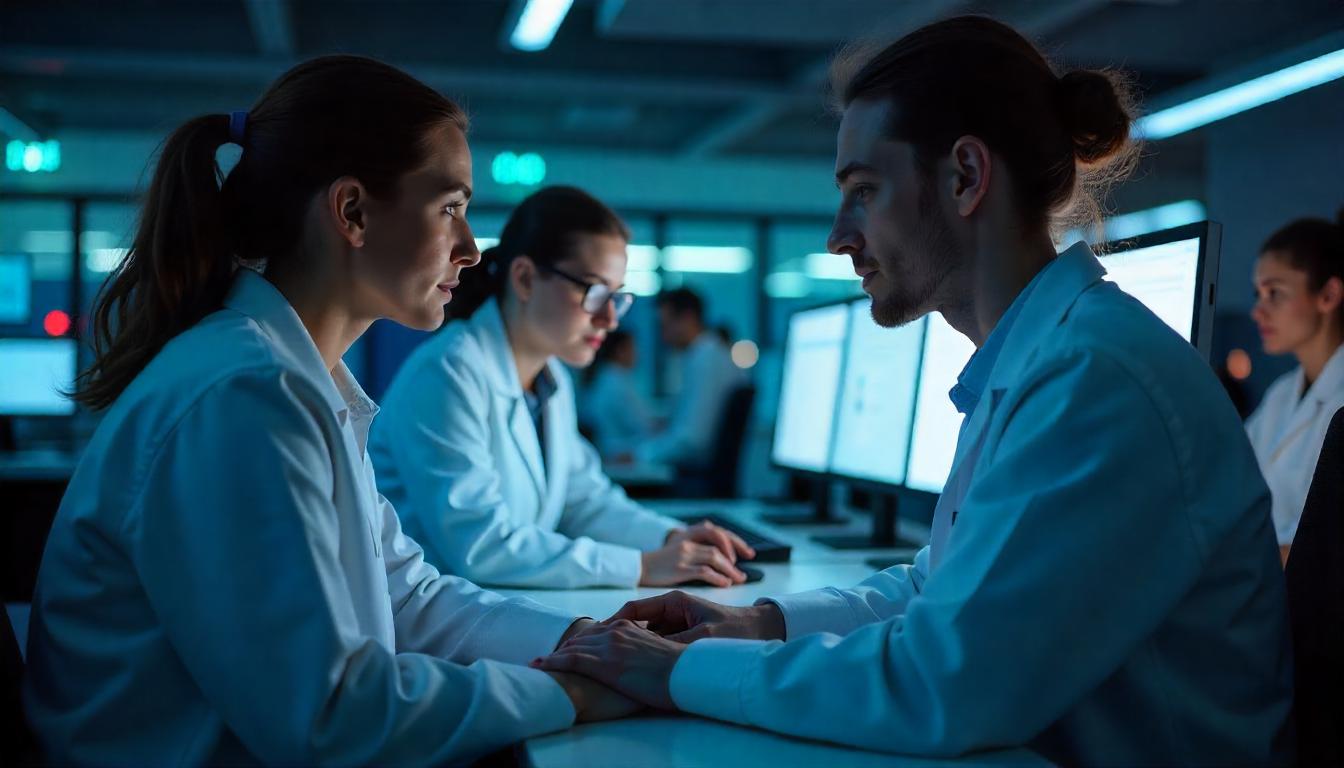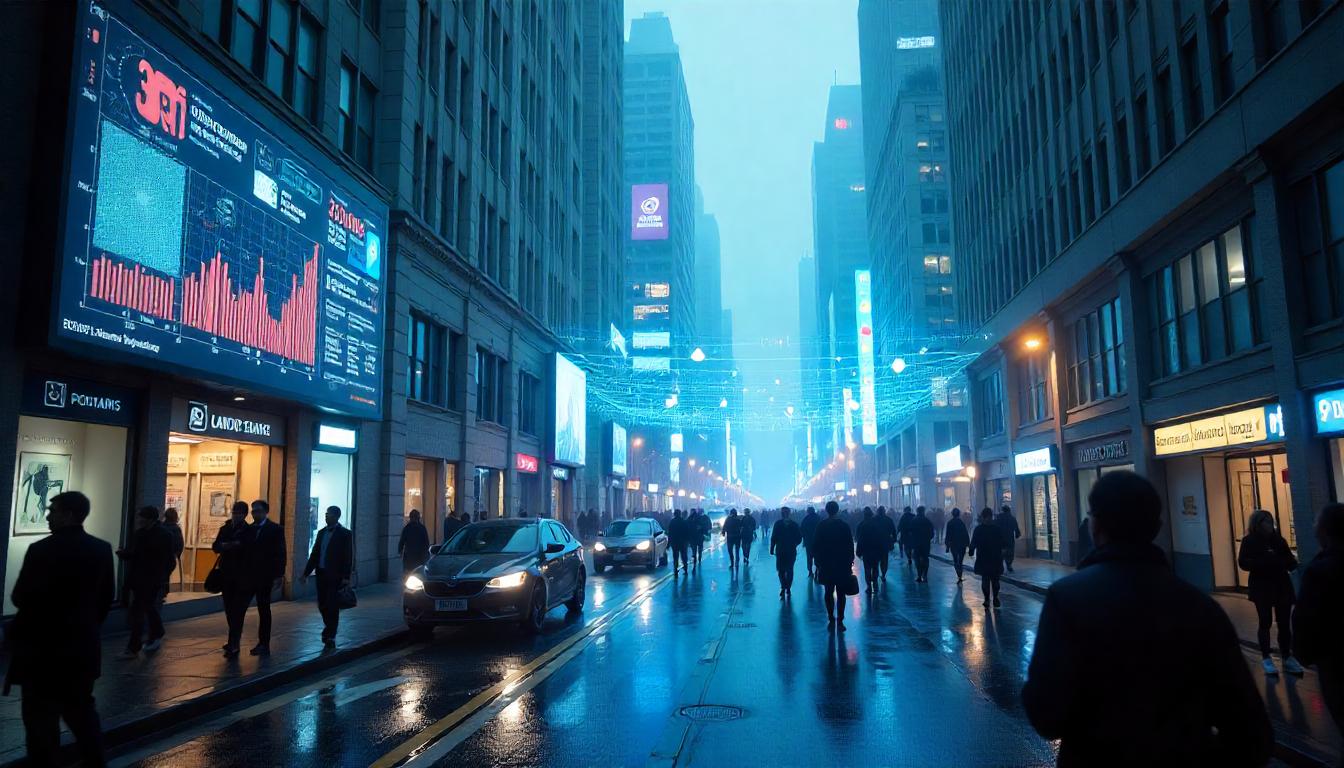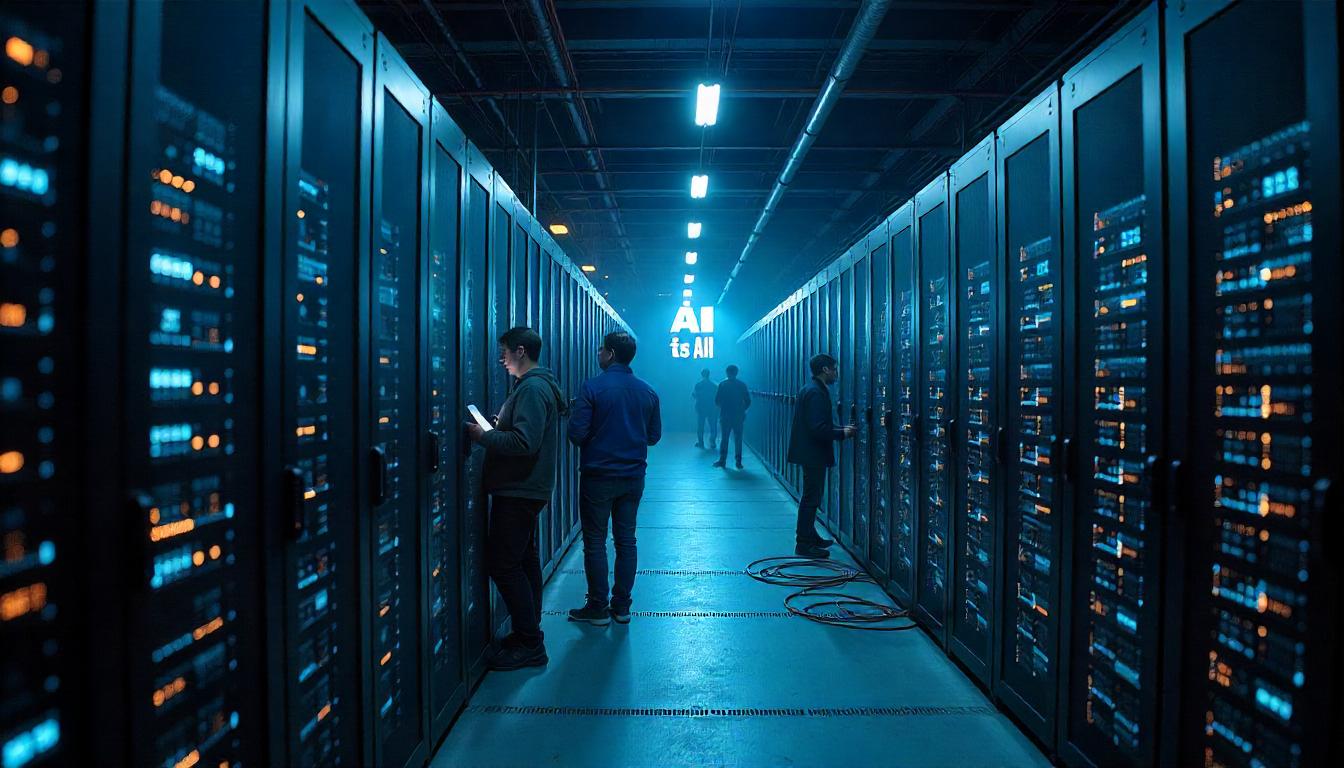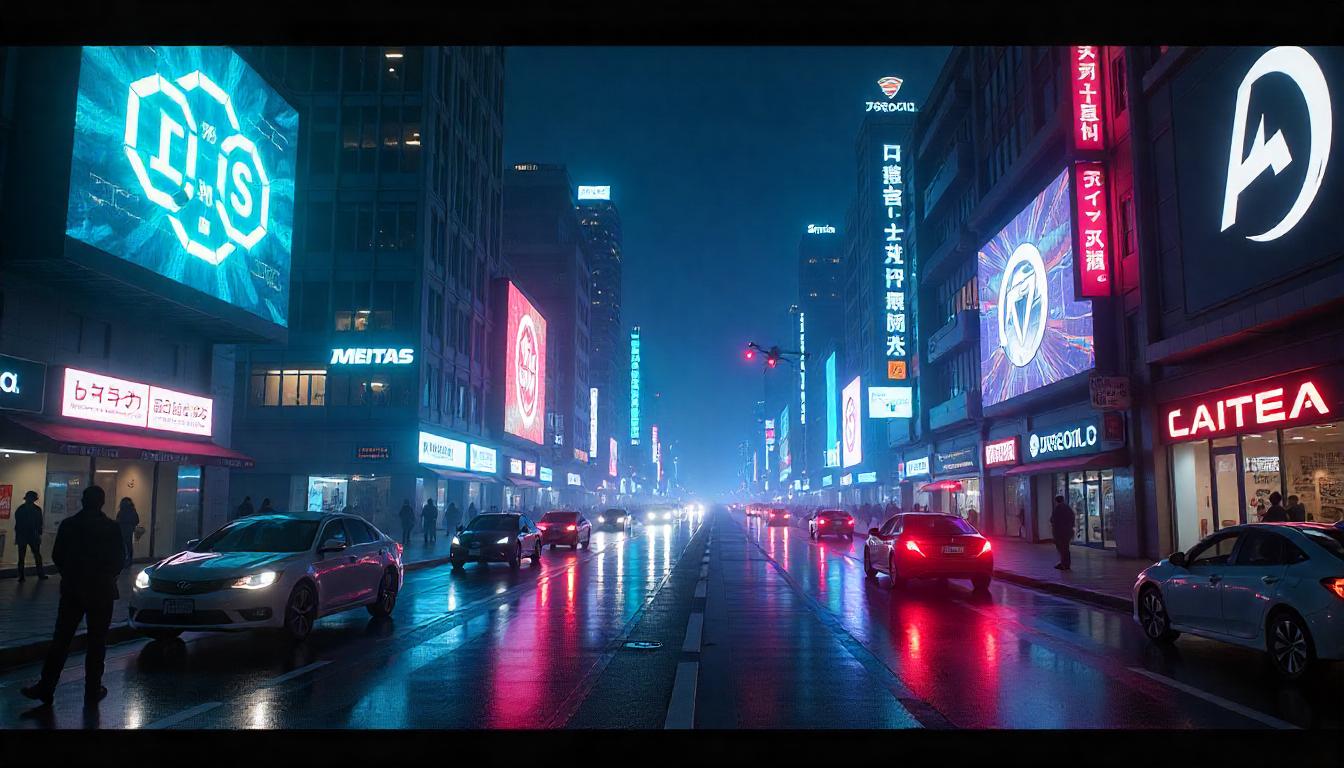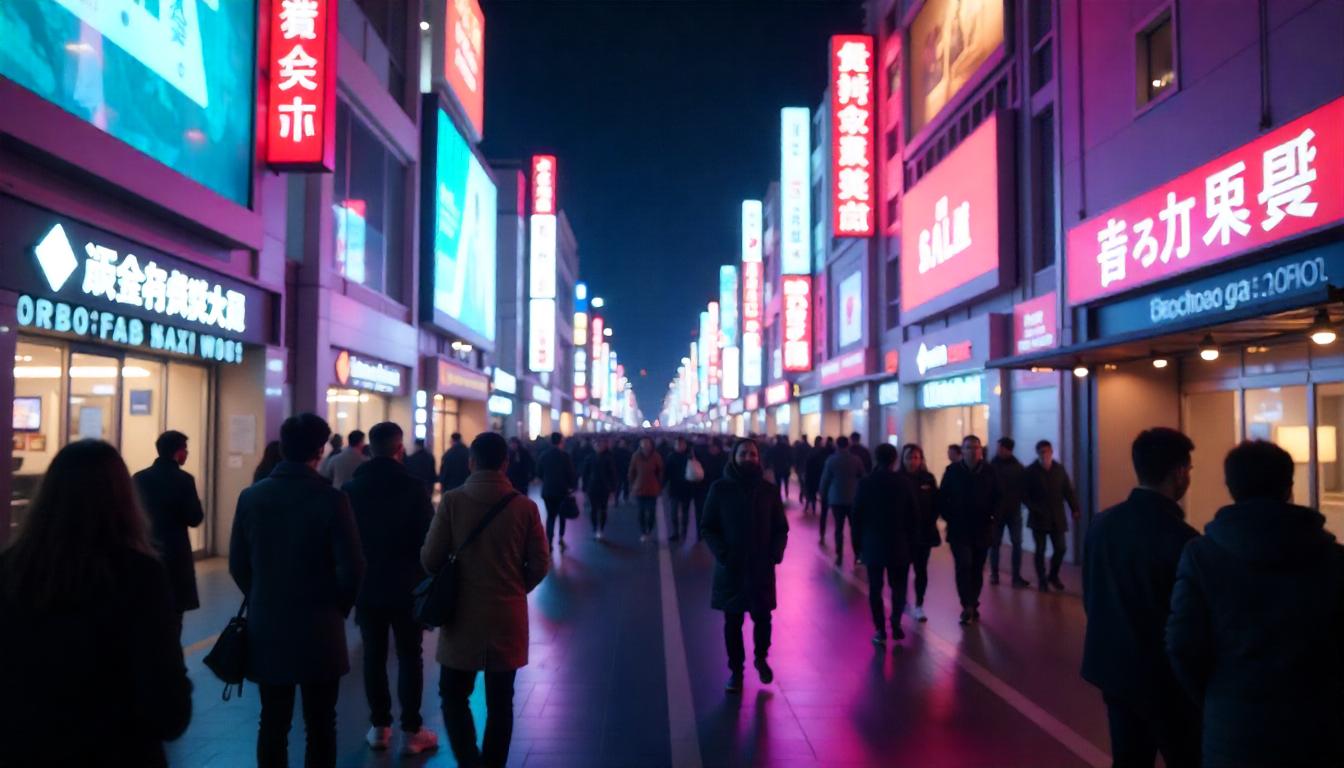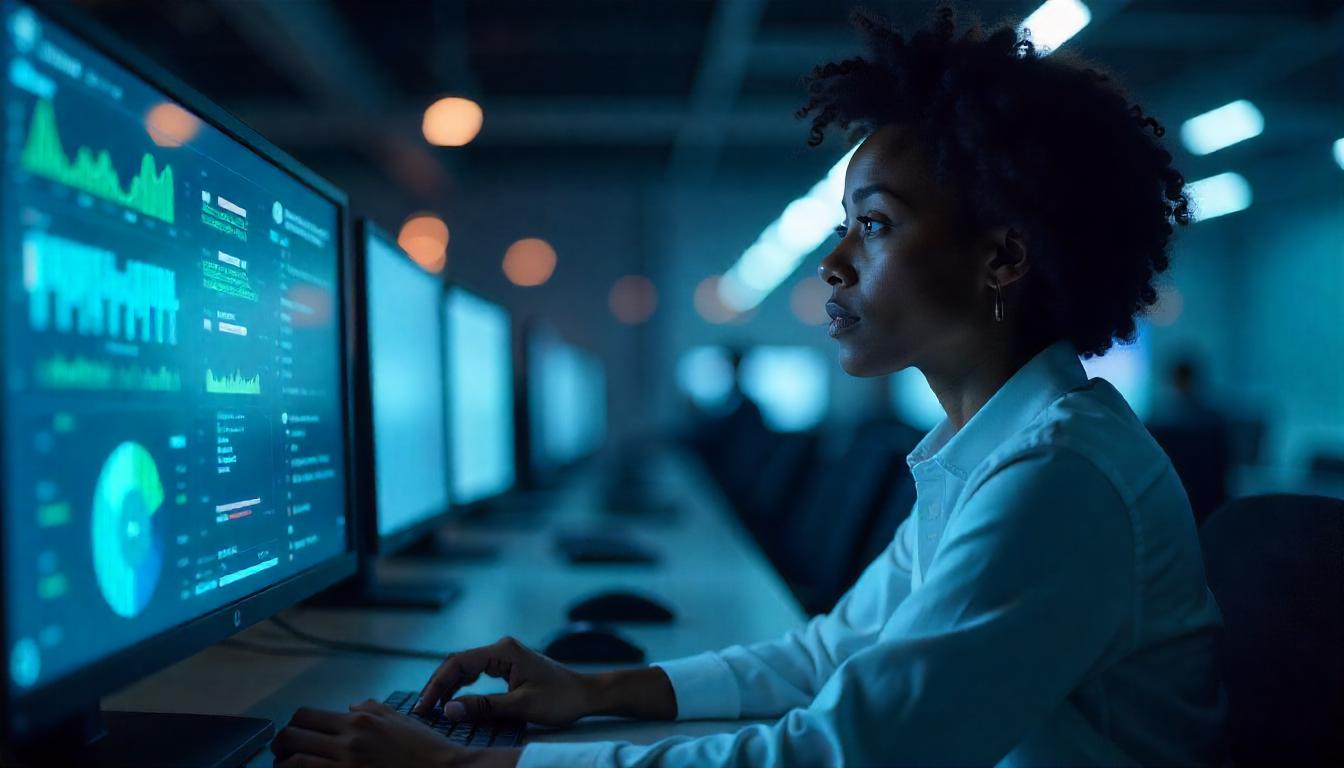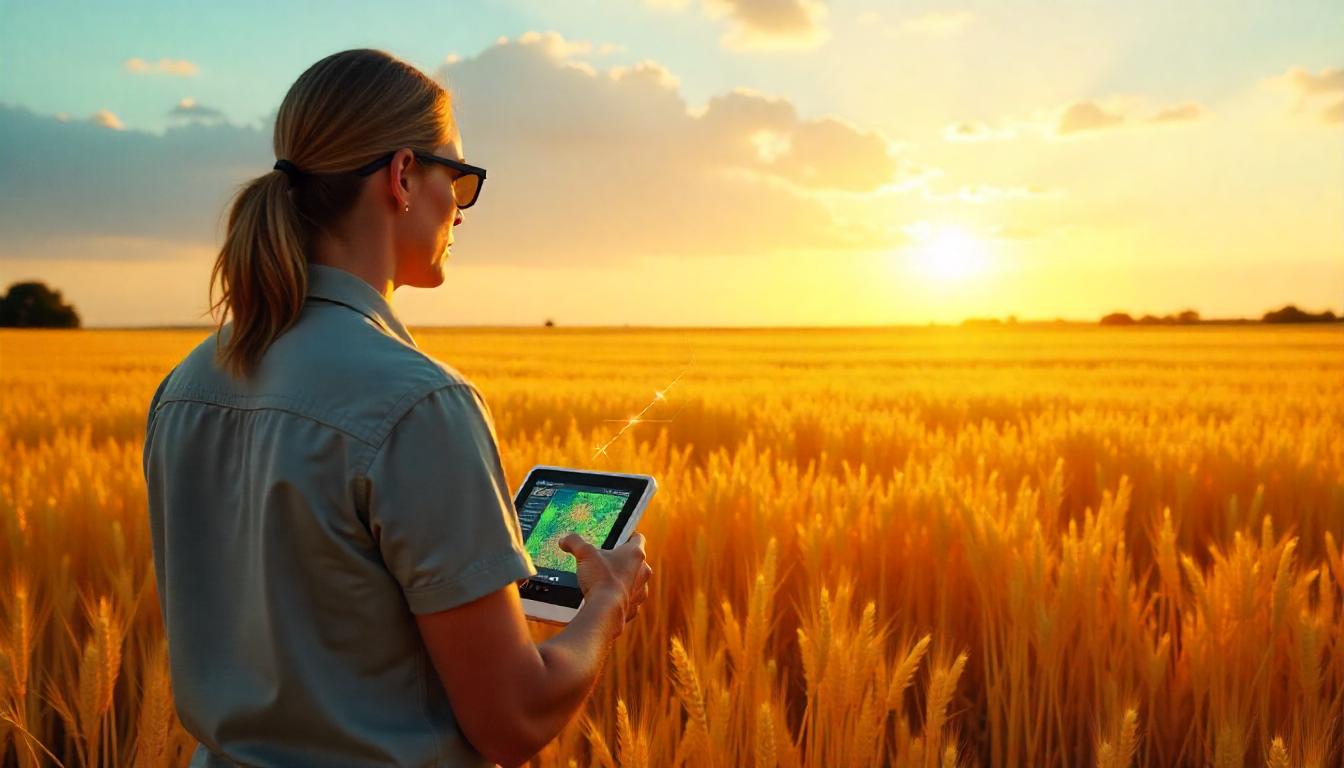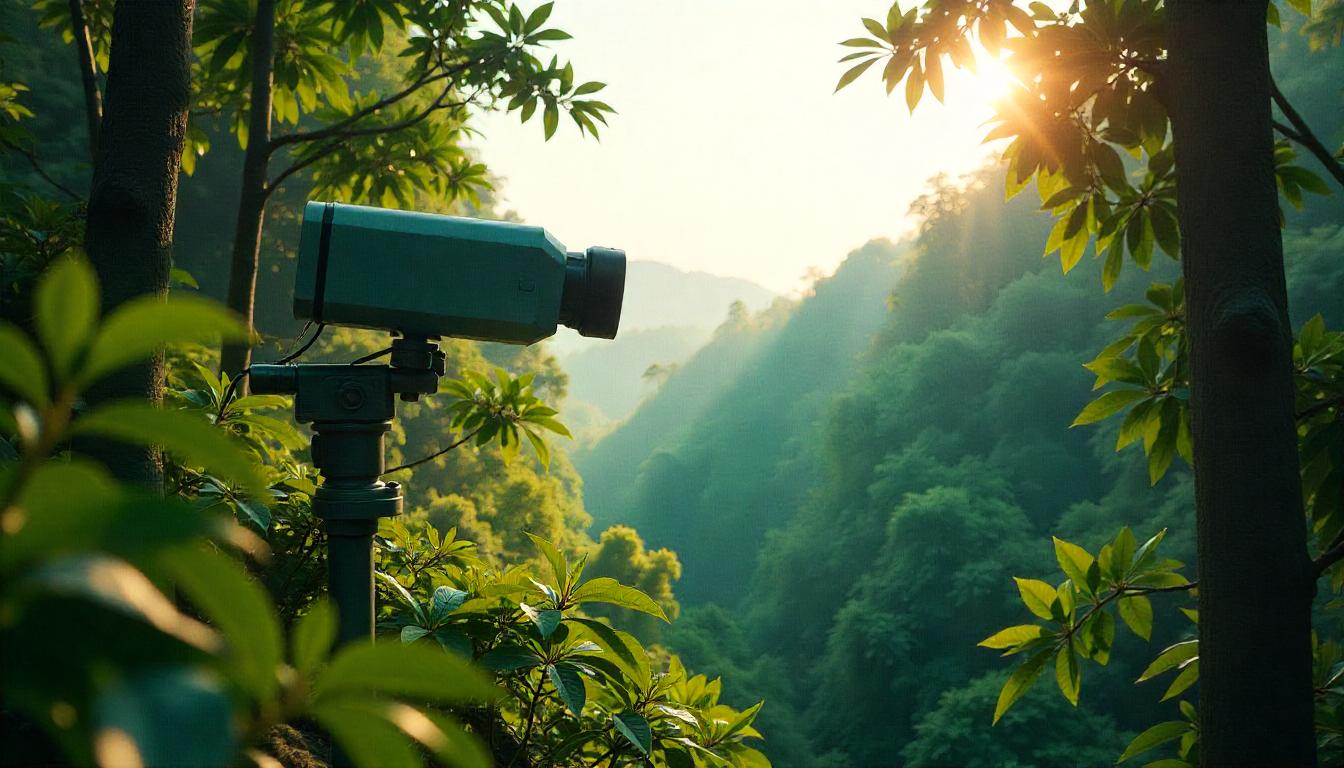Computer Vision: Teaching AI to See and Understand
Artificial intelligence isn’t just about crunching numbers or generating text anymore—it’s also learning how to see. Thanks to a powerful field called Computer Vision, machines can now analyze and interpret images and videos in ways that were once pure science fiction.
From facial recognition on your smartphone to self-driving cars navigating busy streets, Computer Vision is transforming industries and redefining how we interact with technology. Let’s explore what it is, how it works, and why it’s one of the most exciting areas in AI today.
What is Computer Vision?
Computer Vision is an area of AI dedicated to helping computers “understand” visual information, such as photos, videos, or live camera feeds.
While humans naturally recognize objects, faces, and scenes, computers see images as millions of colored pixels. Computer Vision bridges that gap, teaching machines to identify what’s in those pixels and make sense of the visual world.
It’s how your phone knows who you are, how a robot can avoid obstacles, and how medical AI can detect signs of disease in scans.
How Computer Vision Works
Teaching a computer to see is a complex task involving several steps. Here’s a simplified look at how it works:
1. Capturing Images
It all starts with collecting visual data through cameras, sensors, or video feeds.
2. Preprocessing
The AI “cleans up” images by adjusting brightness, removing noise, and enhancing details so it can analyze them effectively.
3. Feature Detection
The system looks for edges, shapes, textures, and patterns that help distinguish different objects.
4. Object Recognition and Classification
Machine learning models help the AI identify what’s in the image—is it a cat, a car, a person, or a tree?
5. Analysis and Decision Making
Once the AI knows what it’s seeing, it can make decisions, like triggering a security alert, labeling an image, or guiding an autonomous vehicle.
Computer Vision in Everyday Life
Computer Vision might sound futuristic, but it’s already part of your daily routine. Here are some ways it’s being used:
📱 Facial Recognition
Used for unlocking smartphones, verifying identities at airports, and even customizing app experiences.
🚗 Autonomous Vehicles
Self-driving cars rely on Computer Vision to detect road signs, other vehicles, and pedestrians in real time.
🏪 Retail Technology
Stores use Computer Vision for smart shelves, checkout-free shopping, and analyzing customer behavior.
🏥 Healthcare
Doctors use AI-powered tools to examine X-rays, MRIs, and other scans for early signs of diseases like cancer.
🎭 AR Filters and Effects
Social media apps like Instagram and Snapchat use Computer Vision to track faces and apply fun filters or effects.
Why Computer Vision Matters
Computer Vision is more than just teaching machines to see—it’s about giving them the ability to understand and interact with the world.
Some of the biggest benefits include:
- Faster and more precise decision-making
- Increased safety in critical applications like transportation and healthcare
- Reduced human error in repetitive or dangerous tasks
- Unlocking new creative and innovative applications
From agriculture to manufacturing, Computer Vision is becoming an essential tool for businesses and consumers alike.
Challenges in Computer Vision
Despite huge progress, Computer Vision still faces obstacles:
- Lighting, shadows, and camera angles can confuse AI models.
- Bias in training data can result in unfair or inaccurate predictions.
- Privacy concerns grow as cameras and AI become more widespread.
- Processing high-resolution images in real time can require significant computing power.
Researchers continue working to make Computer Vision more accurate, ethical, and efficient.
The Future of Computer Vision
Looking ahead, Computer Vision will become even more advanced. Expect to see:
- Robots navigating complex environments with greater autonomy
- AR apps translating signs or menus instantly through your phone’s camera
- Improved safety systems in vehicles and industrial settings
- Environmental monitoring for sustainability and conservation
As this technology evolves, machines will not only see images—they’ll understand their meaning and respond intelligently.
Final Thoughts
Computer Vision sits at the heart of AI’s journey to bridge the gap between the digital world and our physical reality. It’s helping machines understand what they see and make decisions that impact everything from healthcare to transportation.
So the next time your phone recognizes your face or your favorite app suggests photo tags, remember: it’s Computer Vision working silently behind the scenes.
Interested in learning more about AI and technology trends? Subscribe to our blog for insights, tutorials, and news on how innovation is shaping the future.


